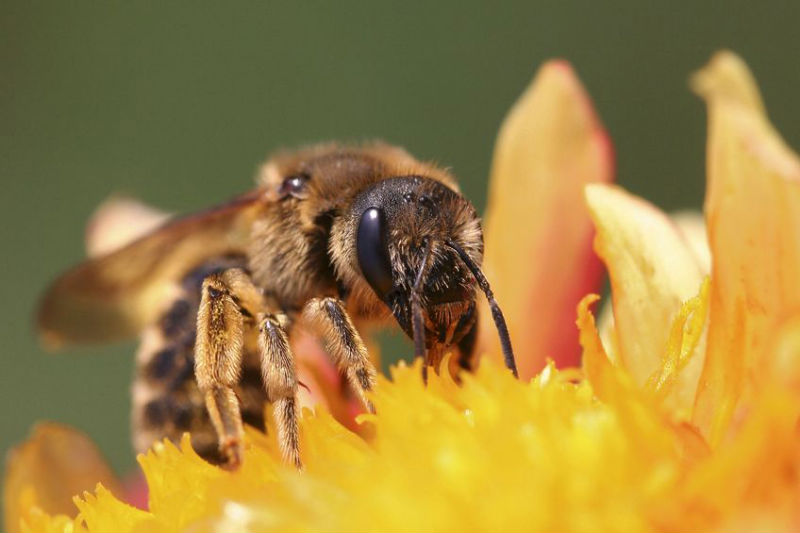There is great concern and distress over the significant decline in honeybee numbers that has occurred over the last few decades. According to the USDA, current honeybees numbers are about half of what they were 50 years ago, and is largely blamed on a phenomenon termed “colony collapse disorder.” In these instances, the bees abruptly abandon their nests, leaving scientists to lay the blame on pesticides, loss of habitat, and numerous parasites and diseases.
If you don’t think that the loss of honeybees affects you or your family, then consider this -; honeybees are the primary pollinator for most of the agricultural crops grown in the U.S., so if you happen to eat, then you are affected. Some of the crops that are pollinated by honeybees in the $15 billion annual U.S crop industry include almonds, berries, apples, alfalfa, and cantaloupes. And don’t forget the nearly $200 million revenue from honey production.
Unfortunately, the natural and necessary occurrence of a Honey Bee Swarm in Dublin OH sends most people running for cover. Unless you happen to be a beekeeper or an entomologist, the sight of a flying, basketball-sized swarm of buzzing bees numbering in the thousands, can be terrifying. Honeybee experts strongly encourage people to leave these swarms alone and not kill them. Visit us to explore alternatives to eliminating honeybee swarms.
Swarming is a honeybee means to propagate and keep the colony alive. As a colony outgrows its existing nest, the queen leaves the nest with about half the colony in tow, in search of a new home. The Swarming behavior usually occurs between April and August, depending on the geographical location.
During their search, a Honey Bee Swarm in Dublin OH will stop to rest periodically in places like trees, telephone poles, road signs, or the side of a house or building. Albeit the sight of a swam is unnerving, entomologists and beekeepers alike, swear that this is when bees are the most docile as they have no nest to defend. As a swarm will tend to move on after a day or so, the best thing to do is ignore them; however if they are too close to a business entryway or homes with young children, most people rather have the swarm eradicated or removed.



